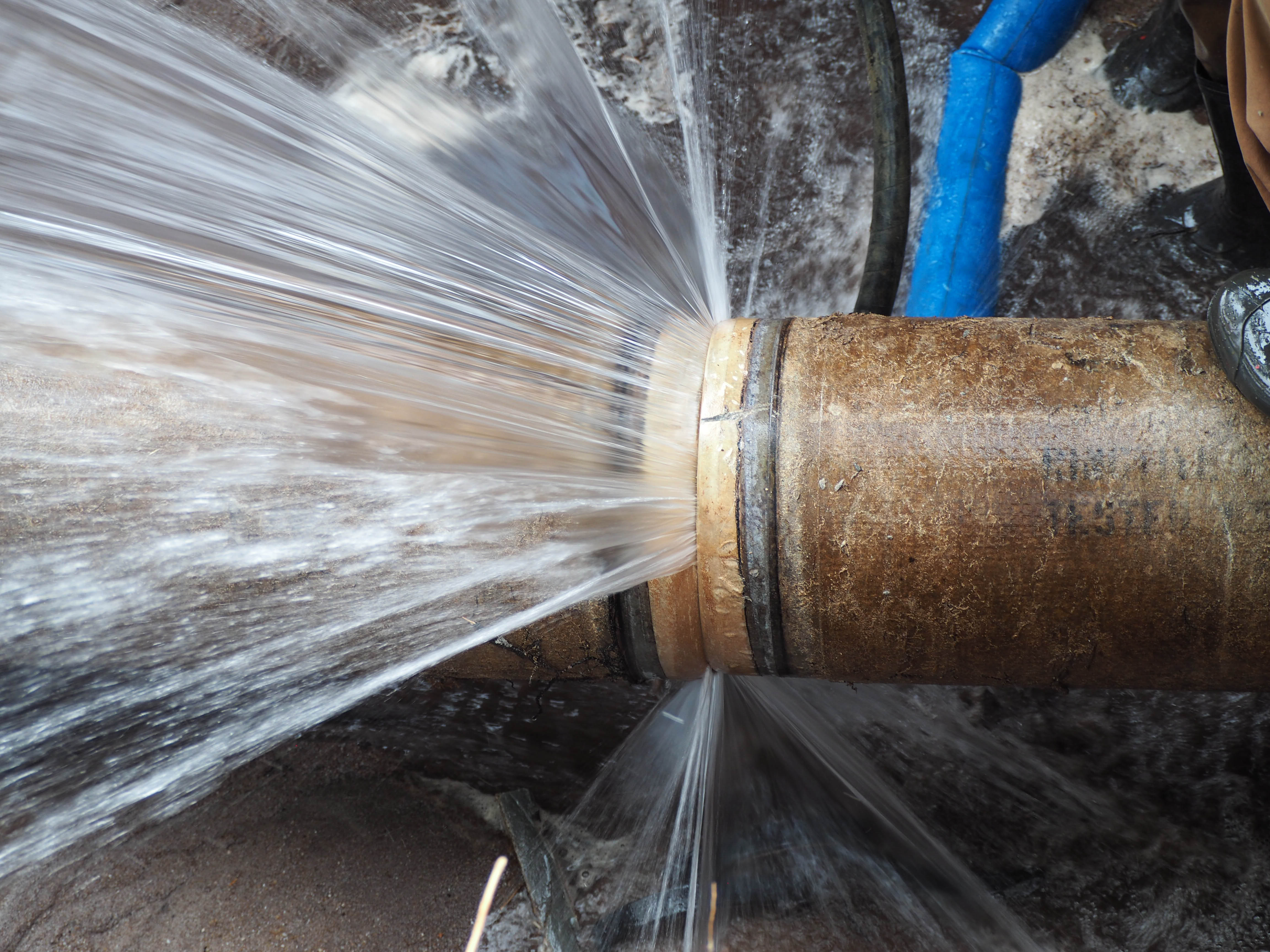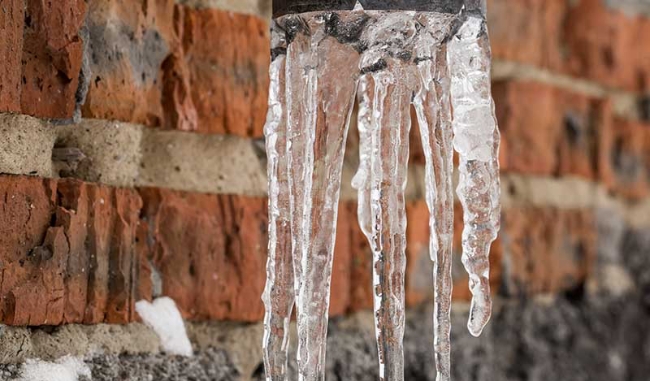Protecting Your Pipes from Freezing: Effective Methods
Protecting Your Pipes from Freezing: Effective Methods
Blog Article
In this article on the next paragraphs you'll find a bunch of great advice related to How to Prevent Your Pipes From Freezing.

Winter can ruin your plumbing, specifically by freezing pipelines. Below's exactly how to prevent it from taking place and what to do if it does.
Introduction
As temperature levels decrease, the risk of frozen pipelines rises, possibly bring about expensive fixings and water damage. Understanding exactly how to prevent frozen pipes is critical for property owners in chilly climates.
Understanding Icy Pipelines
What triggers pipes to freeze?
Pipelines ice up when subjected to temperatures below 32 ° F (0 ° C) for expanded durations. As water inside the pipes freezes, it increases, taxing the pipeline walls and possibly creating them to break.
Threats and damages
Frozen pipes can cause water system disturbances, residential property damage, and expensive fixings. Ruptured pipelines can flooding homes and cause comprehensive architectural damages.
Signs of Frozen Pipeline
Determining frozen pipes early can prevent them from bursting.
Just how to identify frozen pipes
Seek decreased water flow from taps, uncommon smells or sounds from pipes, and noticeable frost on exposed pipes.
Prevention Tips
Shielding susceptible pipelines
Wrap pipes in insulation sleeves or utilize warm tape to safeguard them from freezing temperature levels. Focus on pipelines in unheated or outside locations of the home.
Home heating techniques
Keep indoor rooms appropriately heated up, specifically locations with pipes. Open up closet doors to allow cozy air to distribute around pipes under sinks.
Protecting Exterior Plumbing
Garden tubes and outside taps
Separate and drain pipes garden hose pipes before winter season. Install frost-proof spigots or cover outside faucets with insulated caps.
What to Do If Your Pipes Freeze
Immediate activities to take
If you presume frozen pipelines, maintain faucets open to eliminate pressure as the ice thaws. Utilize a hairdryer or towels taken in warm water to thaw pipes gradually.
Long-Term Solutions
Structural changes
Think about rerouting pipes far from exterior wall surfaces or unheated areas. Include added insulation to attics, basements, and crawl spaces.
Updating insulation
Purchase premium insulation for pipelines, attics, and walls. Appropriate insulation assists preserve consistent temperature levels and reduces the danger of icy pipes.
Final thought
Protecting against frozen pipelines requires proactive steps and fast feedbacks. By comprehending the reasons, signs, and preventive measures, property owners can secure their plumbing throughout cold weather.
5 Ways to Prevent Frozen Pipes
Drain Outdoor Faucets and Disconnect Hoses
First, close the shut-off valve that controls the flow of water in the pipe to your outdoor faucet. Then, head outside to disconnect and drain your hose and open the outdoor faucet to allow the water to completely drain out of the line. Turn off the faucet when done. Finally, head back to the shut-off valve and drain the remaining water inside the pipe into a bucket or container. Additionally, if you have a home irrigation system, you should consider hiring an expert to clear the system of water each year.
Insulate Pipes
One of the best and most cost-effective methods for preventing frozen water pipes is to wrap your pipes with insulation. This is especially important for areas in your home that aren’t exposed to heat, such as an attic. We suggest using foam sleeves, which can typically be found at your local hardware store.
Keep Heat Running at 65
Your pipes are located inside your walls, and the temperature there is much colder than the rest of the house. To prevent your pipes from freezing, The Insurance Information Institute suggests that you keep your home heated to at least 65 degrees, even when traveling. You may want to invest in smart devices that can keep an eye on the temperature in your home while you’re away.
Leave Water Dripping
Moving water — even a small trickle — can prevent ice from forming inside your pipes. When freezing temps are imminent, start a drip of water from all faucets that serve exposed pipes. Leaving a few faucets running will also help relieve pressure inside the pipes and help prevent a rupture if the water inside freezes.
Open Cupboard Doors
Warm your kitchen and bathroom pipes by opening cupboards and vanities. You should also leave your interior doors ajar to help warm air circulate evenly throughout your home.

I am just very serious about How To Avoid Freezing Pipes and I hope you liked the new article. I beg you pause to distribute this blog entry if you enjoyed it. Thanks a lot for your time spent reading it.
Find Out More Report this page